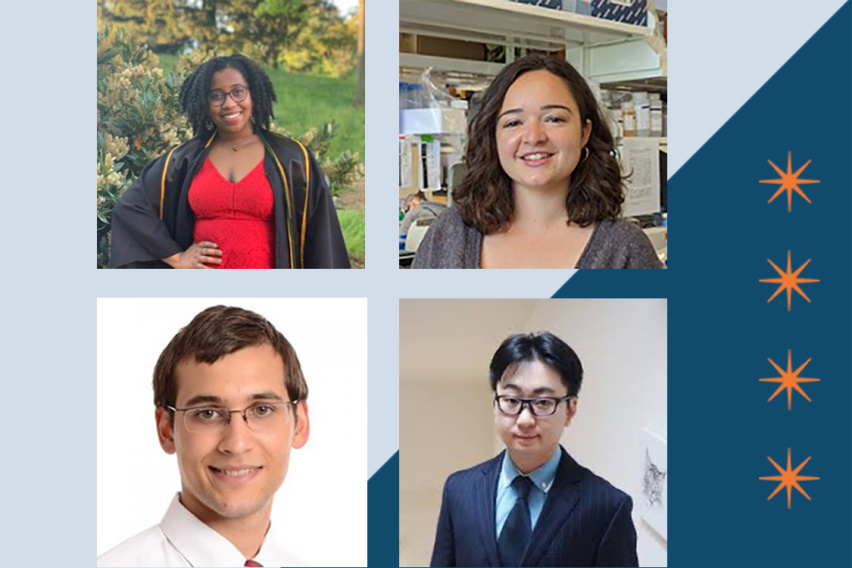MIT News
April 8, 2022
The Birnbaum Lab developed a new method for screening huge libraries of antigens and immune cells at the same time, allowing researchers to identify specific interactions between immune cells and their target antigens among myriad possible pairings. The team modified lentiviruses so that they can only enter immune cells if the viral antigen “key” fits a receptor “lock” on the cell’s surface, mirroring the interplay of immune cells and antigens in the body. Because lentiviruses integrate their DNA into their host cells, specific immune cell pairings can be identified by sequencing the genome of a cell sample. The tool, described in Nature Methods, could help researchers make sense of complex immune recognition in diseases such as HIV, COVID, and cancer, and accelerate the development of more effective vaccines and immunotherapies.
The work was supported in part by the Koch Institute Frontier Research Program through the Michael (1957) and Inara Erdei Fund and the Casey and Family Foundation Cancer Research Fund.
